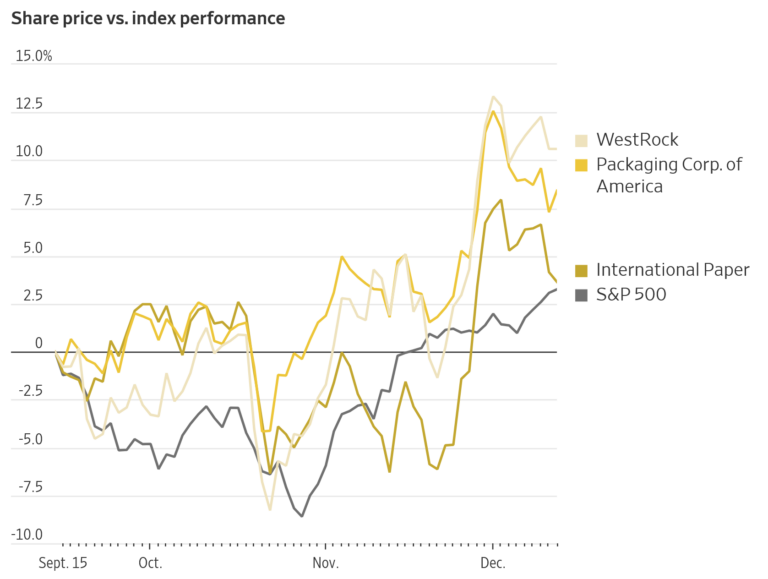7 Tips for Creating a Healthier Home in the New Year

When it comes to living a healthier lifestyle, the little things can add up and make a considerable impact! It’s not just about hitting the gym or eating right – it’s also about creating a healthier home environment and adopting habits that promote overall well-being. To help you on your journey, here are some tips that will contribute to a more holistically fit lifestyle.
Purify Your Air
Minimizing indoor air pollution can affect how you feel, from reducing asthma triggers to creating a better sleeping environment. Because of this, ensuring good air quality in your home is something you should prioritize. One easy solution is to invest in an air purifier, which can help eliminate many common indoor pollutants. And if you live in a region that gets smoke-filled air from frequent forest fires, an air purifier is a must in the summer and fall months. Additionally, regularly changing your furnace filters can substantially improve your indoor air quality.
Adopt Some Green Friends
Plants don’t just make your home prettier – they also offer some serious health benefits! Certain types, like the snake plant, aloe vera and peace lily, are well-known to clean the indoor air, increase humidity and release oxygen. Plus, introducing plants is a great way to add a relaxing dose of nature to your living space, along with enhancing the air quality.
Make a Shoes-Off Policy
Keeping your shoes at the door is a simple practice that can keep your home cleaner and healthier. Shoes can track in germs, dirt and other outdoor pollutants, not to mention allergens like pollen. Adopting a shoes-off policy can significantly reduce this influx of unwanted substances into your home, improving the overall living environment and potentially contributing to a decreased risk of allergies and illnesses.
Regularly Deep Clean Carpets
Carpet maintenance is not just about keeping up the aesthetic appeal – it’s fundamentally a health measure. Carpets can act like a filter, trapping various airborne particles, including pet dander, dust mites, pollen and other allergens. Although vacuuming helps, it often isn’t enough to remove all these contaminants deeply embedded in the carpet’s fibers. A regular deep clean is necessary to extract these allergens and pollutants fully. Experts recommend a professional cleaning every 12 to 18 months, depending on your carpet’s usage level.
Filter Your Water
Filters can remove contaminants from your water, providing safer and often better-tasting H2O. Clean, fresh water is vital in maintaining good health, so it’s well worth the investment. A reusable pitcher is also a greener and more economical choice than buying plastic bottled water. Plus, there are fantastic pitcher options, from the downright luxurious to the no-frills model.
Room to Exercise, Destress & Create
Repurposing space in your home and creating dedicated areas for physical activity, relaxation and hobbies can significantly influence your health journey. Make a quiet corner ready for workouts, even if it’s just enough space for a yoga mat – it can motivate you to stick to a regular exercise routine. Exercise not only boosts your physical health but also acts as a natural stress reliever. In addition, having a place to unwind and disconnect can considerably improve your mental health. This could be a reading nook, a meditation corner or somewhere to engage in your favorite hobbies and crafts.
Establish a Tech-Free Zone
Consider a kitchen or dining room charging station to keep phones out of bedrooms at night. A tech-free bedroom can help improve sleep quality and promote a better sleep routine and a healthier home. Tempting as it may be, instead of using your phone’s alarm to wake up in the morning, pick out one of these top-rated and stylish alarm clocks.
Remember, living a fit, healthy lifestyle is more than the big gestures – it’s also about the little steps you can take daily. Pick a few from our list and start 2024 off on the right foot!


